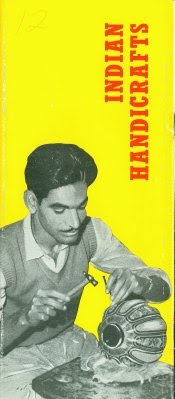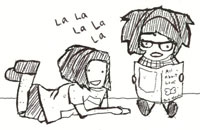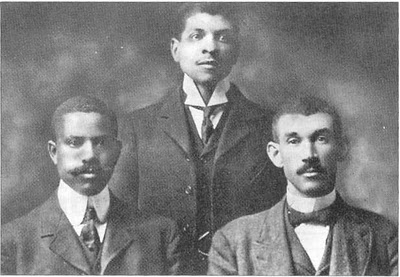We’re going to be teaming up with our friends in the Verne and Tanya Roberts Conservation Lab here at the Duke University Libraries for a regular series of posts on RBMSCL materials in the lab for conservation treatment. We’ll start with a look at the Dutch-language edition of the Theatrum Orbis Terrarum.
A Little History
This six-volume world atlas was created and published between 1648 and 1655 by Willem Janszoon Blaeu and his son, Joan Blaeu, two of the finest map makers of the 17th century.
Dutch cartographer and publisher Willem Blaeu (1571-1638) studied astronomy and cartography under the well-known astronomer and alchemist Tycho Brahe. In 1633, he was appointed the official cartographer of the Dutch East India Company. Joan Blaeu (1596-1673), himself an accomplished cartographer, took over the press after his father’s death in 1638. Under his supervision, they became the largest publisher of their kind in 17th century Europe.
These folio volumes are full of engraved maps and vignettes that were hand-colored with a strikingly vibrant palette. They are bound in gold-tooled stiff-board vellum bindings.
Conservation Work
The atlases arrived in the lab in fairly good condition considering their age. Still, due to their size, it will take Erin Hammeke, Special Collections Conservator, many hours to complete the necessary repairs.
 The texts and maps are printed on a good quality rag paper that is still quite strong. There are minor paper tears, badly folded maps, and some insect holes in all of the volumes which make safe handling difficult. The vellum bindings also exhibit small tears that need to be mended.
The texts and maps are printed on a good quality rag paper that is still quite strong. There are minor paper tears, badly folded maps, and some insect holes in all of the volumes which make safe handling difficult. The vellum bindings also exhibit small tears that need to be mended.
Each atlas requires surface cleaning to remove dirt and debris from the covers and individual pages. Erin will use soft brushes, special erasers, and a museum vacuum, all of which are designed to remove debris while reducing potential damage to the paper’s surface. Wheat starch paste and strong but thin Japanese and Korean tissues are used for the paper repairs. When the conservation is complete, Erin will construct a custom fitted enclosure for each volume.
Post contributed by Beth Doyle, Collections Conservator, and Erin Hammeke, Conservator for Special Collections
Want to know more about the Conservation Lab? Friend them on Facebook or follow them on Twitter!
 When they’re not busy discovering moldy bananas in books, building storage boxes for pink dragons, or digitizing somewhere around 5,000 broadsides, the Preservation Department here at the Duke University Libraries is going to be keeping us up-to-date on their work through their new blog, Preservation Underground. We hope they have as much fun with theirs as we have with The Devil’s Tale—and we really hope the bananas keep to the produce section from now on.
When they’re not busy discovering moldy bananas in books, building storage boxes for pink dragons, or digitizing somewhere around 5,000 broadsides, the Preservation Department here at the Duke University Libraries is going to be keeping us up-to-date on their work through their new blog, Preservation Underground. We hope they have as much fun with theirs as we have with The Devil’s Tale—and we really hope the bananas keep to the produce section from now on.











